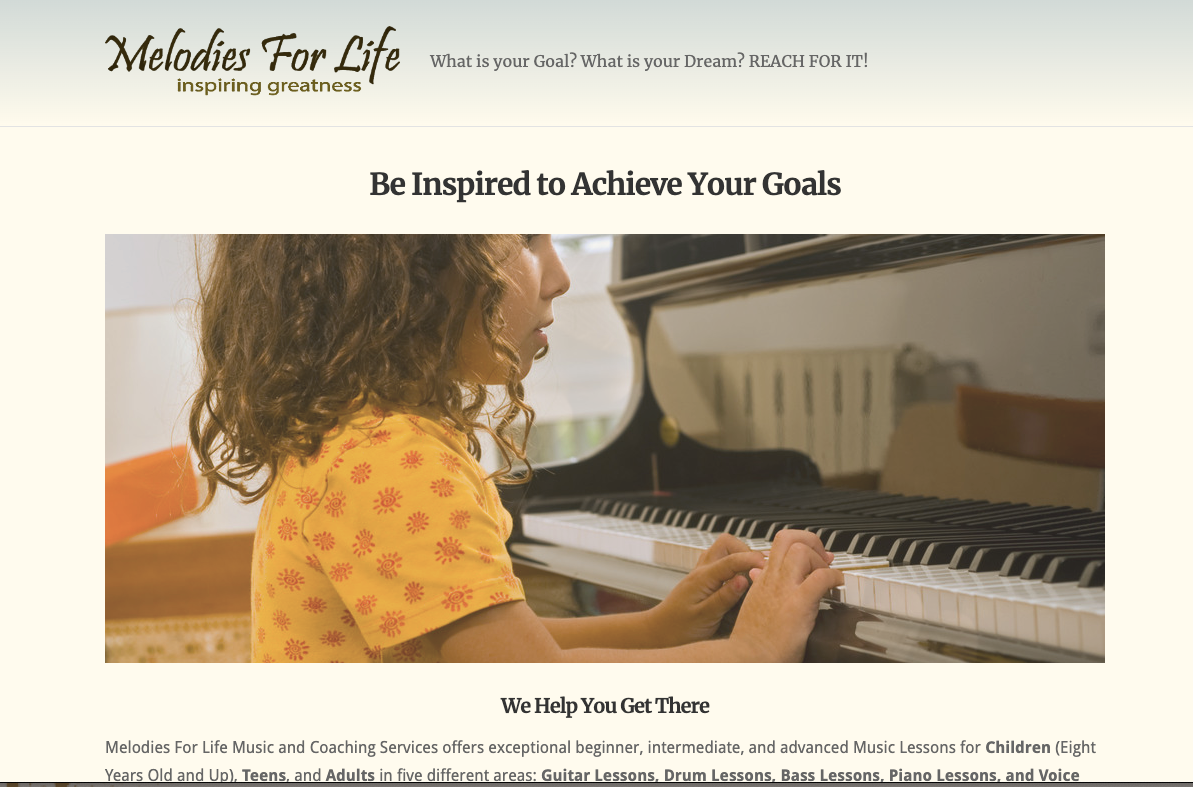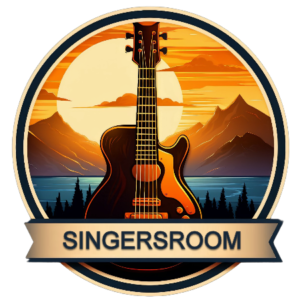Singing is a beautiful form of self-expression that allows us to connect with others and convey our emotions through music. Whether you are a beginner or an experienced singer, taking singing lessons can be a great way to improve your skills, build your confidence, and enhance your overall performance. If you’re in the Alameda, California area, there are plenty of singing lessons available to help you achieve your musical goals.
In this article, we will explore the top 10 singing lessons near Alameda, California, based on factors such as reputation, experience, teaching style, and student reviews. Each of these lessons offers something unique, whether it’s personalized one-on-one instruction, group classes, or specialized training in a particular genre or style of singing.
We’ll also provide an overview of the different types of singing lessons available, such as vocal technique, breath control, performance skills, and music theory, so you can choose the lessons that best fit your needs and interests. Additionally, we’ll share tips on what to look for when selecting a singing teacher and how to prepare for your first lesson.
Whether you’re an aspiring singer looking to develop your voice or a seasoned performer seeking to fine-tune your skills, this guide to the 10 best singing lessons near Alameda, California, will help you find the perfect teacher to help you reach your musical goals.
1. Melodies For Life – Music and Coaching Services Alameda

Website: http://www.melodiesforlife.com/
Address: 1516 Grand St #201, Alameda, CA 94501
Melodies for Life – Music and Coaching Services is a popular choice among those seeking singing lessons in the Alameda area. Located at 1516 Grand St #201, the studio offers one-on-one instruction in voice, piano, and guitar for students of all ages and skill levels. The founder, Laura Zucker, has over 25 years of experience in music education and is known for her supportive and engaging teaching style.
At Melodies for Life, students are encouraged to explore their musical interests and develop their own unique style. Lessons cover a variety of techniques, including breath control, pitch accuracy, and stage presence. In addition to singing lessons, the studio also offers coaching in songwriting and performance skills, making it a great option for those looking to hone their craft as a singer-songwriter.
Whether you’re a beginner or an experienced singer, Melodies for Life provides a welcoming and supportive environment for you to develop your skills and achieve your musical goals.
2. Starland School Of Music

Website: http://www.starlandmusic.com/
Address: 1631 Park St, Alameda, CA 94501
Starland School of Music is a well-established music school in Alameda that offers a wide range of music lessons, including singing lessons. Located at 1631 Park St, the school has been providing quality music education to the local community for over 30 years.
At Starland School of Music, students of all ages and skill levels can receive personalized singing instruction from experienced teachers. The curriculum includes vocal technique, ear training, music theory, and performance skills, with a focus on developing each student’s unique voice and style.
In addition to singing lessons, Starland School of Music also offers group classes, workshops, and performance opportunities to help students hone their skills and gain experience. With a state-of-the-art recording studio and a team of experienced music professionals, the school provides a comprehensive learning environment for aspiring singers.
If you’re looking for a well-established music school with a proven track record of success, Starland School of Music is a great choice for singing lessons in Alameda.
3. Ozzy’s Music Academy

Website: http://ozzysmusicacademy.com/
Address: 1323 Central Ave, Alameda, CA 94501
Ozzy’s Music Academy is a popular choice for those seeking singing lessons in Alameda. Located at 1323 Central Ave, the academy offers a range of music lessons, including singing lessons for beginners to advanced students. The academy has been providing quality music education to the Alameda community since 2008.
At Ozzy’s Music Academy, students receive personalized instruction from experienced teachers who are passionate about helping students develop their unique voice and style. The curriculum includes vocal technique, music theory, ear training, and performance skills, with a focus on developing each student’s confidence and musicality.
In addition to singing lessons, Ozzy’s Music Academy also offers group classes, workshops, and performance opportunities to help students gain experience and build their skills. The academy’s state-of-the-art recording studio and talented team of music professionals provide students with a comprehensive learning environment that prepares them for a successful career in music.
If you’re looking for a music academy that offers top-quality singing lessons in Alameda, Ozzy’s Music Academy is definitely worth considering.
“Tips for Learning How to Sing”
The human voice is perhaps the most versatile instrument in the world of music. It can produce a range of sounds and tones that are unique to each individual, and can convey emotions and meanings in a way that no other instrument can. However, the cultural and social contexts in which the human voice is used can greatly impact the style, technique, and expression of vocal music. In this article, we will explore the intersection of culture and voice, and the ways in which diversity in vocal music can reflect the richness and complexity of human experience.
To understand the relationship between culture and voice, we must first acknowledge that music is deeply intertwined with the cultures and societies in which it is created and performed. Every culture has its own musical traditions, which reflect the values, beliefs, and history of that society. These traditions can encompass a wide range of musical styles and genres, from folk songs and classical music to pop and hip-hop. Within each of these genres, the human voice plays a vital role in conveying the emotions and meanings of the music.
For example, in Western classical music, the voice is often used as a solo instrument to convey complex emotions and ideas. Operatic singing, with its powerful vibrato and extended range, is particularly suited to conveying the dramatic and emotional elements of the music. However, the vocal style used in classical music can vary greatly depending on the historical period and cultural context in which it was composed. For example, the vocal style used in Baroque music is quite different from that used in Romantic music, with a greater emphasis on ornamentation and technical virtuosity.
In contrast, in many African and Asian cultures, the human voice is often used in a more communal and participatory way. Singing and chanting are often used in religious and ceremonial contexts, and the vocal style is often characterized by a call-and-response pattern and the use of harmony and rhythm to create a sense of unity and community. In many cases, the lyrics of the songs are passed down through generations and reflect the cultural and historical experiences of the people.
Another factor that can impact the diversity of vocal music is the language in which it is sung. Every language has its own unique sounds and rhythms, and the use of different languages can greatly impact the style and expression of the music. For example, Spanish and Portuguese are often used in Latin American music, which is characterized by its use of syncopated rhythms and rich harmonies. Similarly, the tonal nature of Chinese and Japanese languages has influenced the vocal styles used in traditional music from these countries.
Furthermore, the use of different vocal techniques can also greatly impact the diversity of vocal music. For example, throat singing, a technique used by indigenous peoples in Central Asia, involves producing multiple tones simultaneously by manipulating the muscles in the throat. This technique creates a unique and haunting sound that is unlike any other vocal style. Similarly, beatboxing, a technique used in hip-hop music, involves creating a variety of percussive sounds using only the mouth and vocal cords.
In addition to the diversity of vocal music within specific cultural contexts, there has been a growing trend towards blending different cultural traditions in contemporary music. This has resulted in the creation of new genres and styles that incorporate elements from different musical traditions. For example, fusion music, which blends elements of jazz, rock, and traditional music from around the world, has become increasingly popular in recent years. This genre often features vocalists who incorporate different vocal styles and techniques into their music.
However, it is important to note that the intersection of culture and voice is not always a harmonious one. In some cases, the appropriation of cultural musical traditions by artists from other cultures can be seen as disrespectful or insensitive. For example, the use of Native American chanting and drumming in pop music has been criticized as cultural appropriation, as it can be seen as a commodification of sacred cultural practices. It is important for artists to approach cross-cultural collaborations with sensitivity and respect, and to recognize the power dynamics at play in such collaborations.
Furthermore, the diversity of vocal music is not only reflected in the style and technique of the music, but also in the representation of different voices within the music industry. Historically, the music industry has been dominated by white, male voices, which has led to the marginalization of other voices, particularly those from marginalized communities. However, there has been a growing movement towards diversity and representation in the music industry, with more and more artists from diverse backgrounds gaining mainstream recognition.
In recent years, there has been a surge of interest in music from underrepresented communities, particularly in the genres of hip-hop, R&B, and electronic music. These genres have given a platform to voices that have been historically silenced or marginalized, and have become powerful tools for self-expression and cultural critique. In addition, the rise of social media and online streaming platforms has allowed independent artists from diverse backgrounds to reach audiences around the world, without the need for traditional gatekeepers in the music industry.
In conclusion, the intersection of culture and voice is a complex and dynamic one, which reflects the richness and diversity of human experience. The ways in which the human voice is used in music can vary greatly depending on cultural, social, and historical contexts, and can encompass a wide range of styles and techniques. Furthermore, the representation of different voices within the music industry has a profound impact on the diversity of vocal music, and on the ways in which music is used to express and critique cultural and social issues. As we continue to explore the intersection of culture and voice in music, it is important to recognize the power dynamics at play, and to approach cross-cultural collaborations with sensitivity and respect.

